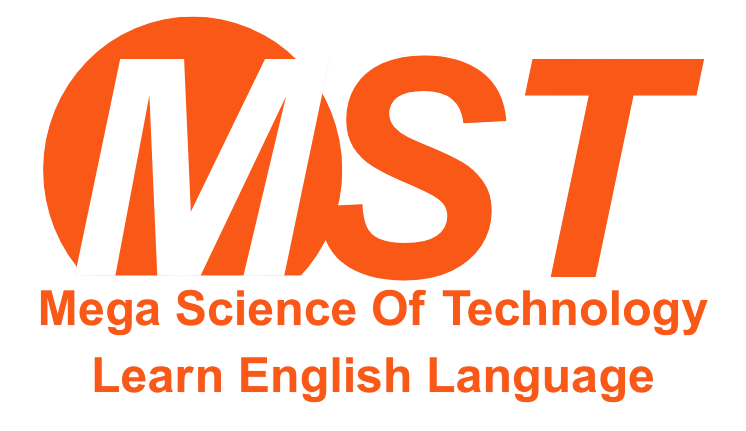COPYRIGHT POLICY
This institution recognizes that federal law states that it is illegal to duplicate copyrighted materials without authorization of the holder of the copyright, except for certain exempt purposes. Severe penalties may be imposed for unauthorized copying of audiovisual or printed materials, and computer software, unless the copying or using conforms to the “fair use” doctrine. While the school encourages its staff to enrich the learning programs by making proper use of supplementary materials, it is the responsibility of the staff to abide by the school’s copying procedures and obey the requirements of the law. In no circumstances shall it be acceptable for staff to violate copyright requirements in order to perform their duties properly. Any staff member who is uncertain as to whether reproducing or using copyrighted material complies with the school’s procedures or is permissible under the law should contact the President or Academic Director.
In accordance with copyright laws, copyright regulations will be prominently posted at all areas where materials may be reproduced without supervision. Works Eligible for Protection: Any tangible medium of expression, now known or later developed which can be perceived, reproduced, or otherwise communicated, either with the aid of machine or device.
What are Copyright Owners’ Rights?
- The right to reproduce or copy the work
- The right to prepare derivative works
- The right to distribute to the public
- The right to public performance of the work
- The right to public display of the work
- The right to digitally transmit recordings (digital author’s right)
What is “Fair Use”?
“Fair Use” refers to permissible use of copyrighted materials when certain conditions have been met. These four criteria of “Fair Use” must all be met:
- The use of the work must be for nonprofit educational purposes;
- The nature of the copyrighted work must be considered;
- The portion of the copyrighted work used must meet the tests of brevity, spontaneity, and cumulative effect;
- The effect of the use will not be a detriment to the potential market value of the copyrighted work.
In order to apply copyright laws, there are several rules of “Fair Use” that should be applied when asking if one is staying within copyright guidelines and law. These tests are for Brevity, Spontaneity, and Cumulative Effect.
Brevity – The test for brevity has to do with the amount of material you copy from a work. As a general rules, it should not exceed 10% of the whole work. Other rules for this test include:
- A complete poem if less than 250 words; or an excerpt from a longer poem, but not to exceed 250 words;
- An essay or any such work of 2,500 words or less;
- An excerpt from a larger printed work not to exceed 10% of the whole or 1,000 words, whichever is less, per class term;
- One chart, graph, diagram, cartoon, or picture per work.
Spontaneity – The test for spontaneity has to do with time: seizing the moment.
Copying should be at the instance and inspiration of the instructor. This occurs when the inspiration and decision to use the work and the moment of its use for maximum teaching effectiveness are so close in time that it would be unreasonable to expect a timely reply to a request for permission.
Cumulative Effect – This test has to do with the amount of work that is copied over time:
- The copying of the material is for only one course in the school in which the copies are made;
- Not more than one short poem, article, story, essay, or two excerpts may be copies from the same author during the same term;
- Not more than three authors from the same collective work may be copies during the same term;
- There shall not be more than nine instances of such multiple copying for one course during one class term.
Rules for Copying Materials from Works
Print Media: A single copy may be made of any of the following by or for an instructor at his or her individual request for his or her scholarly research or use in teaching or preparation to teach a class:
- A chapter from a book;
- An article from a periodical or newspaper;
- A short story, short essay, or short poem;
- A chart, graph, diagram, drawing, cartoon; or a picture from a book, periodical, or newspaper;
- A slide or overhead transparency as long as the creation does not exceed 10% of photographs in one source (book, magazine, filmstrip, etc.) unless the source forbids photographic reproduction.
Multiple copies, not to exceed in any event more than one copy per pupil in a course, may be made by or for the instructor giving the course for classroom use or discussion, provided that:
- Each copy includes a notice of copyright;
- The copying meets the test of brevity, spontaneity, and cumulative effect;
- The same instructor does not use the material repeatedly from term to term;
- Not more than nine classroom sets are used in anyone term;
- Sets are destroyed after the permitted use;
- This policy complies with the “Fair Use” guidelines.
Videos: “Fair Use” rules for videos must be observed unless you have a license for public performance of a video.
- Instructors or students must present the video.
- The video must be a part of face-to-face teaching activities. It mist directly relate to the curriculum and the current lesson. “Home Use Only” videos may not be used for entertainment or reward.
- The presentation must occur at school in a classroom or similar educational setting.
- The video must be legally obtained.
